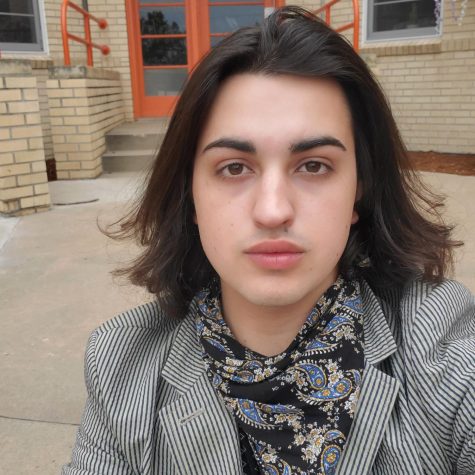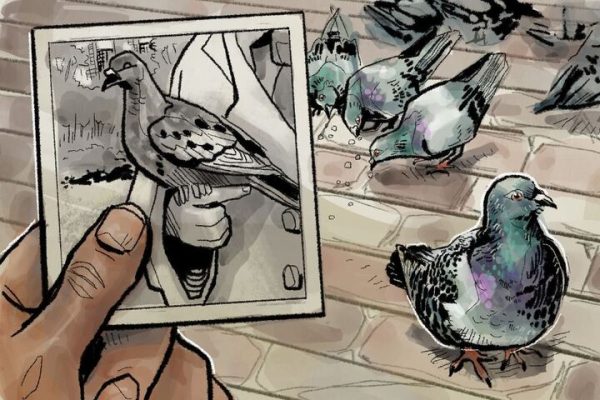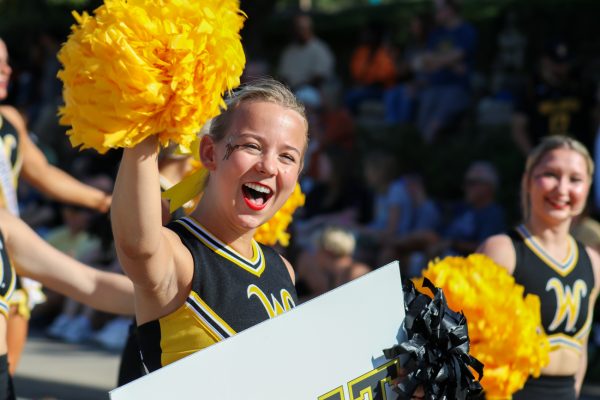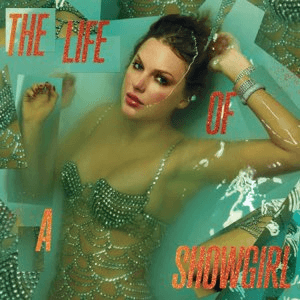OPINION: I just wanna dance with somebody
“Dancing for queer people is the ground of both oppression and liberation. Deep in our bones is the trauma of nightclub raids and high in our spirits is the ecstasy of those same dance floors,” writes Opinion Editor Jeromiah Taylor.
At the beginning of 2020 I was newly single. I did what seemed appropriate and joined the apps. Those apps being the mobile applications wherein most Gen Z queer dating takes place. On Tinder, unlike Grindr, there is at least some pretense that you are interested in your counterpart’s personality. One indicator of this pretense is the presence of an anthem on your profile. A song that embodies you, or I suspect, your motives. My anthem was “I Wanna Dance with Somebody” by Whitney Houston.
Fast forward to November and the apps worked their magic. But I still very much want to dance with somebody.
Having embarked on the first queer relationship of my adult life, I have learned that for LGBT+ people dancing is a profound act fraught with difficulties.
The most visible act of queer civil disobedience in the 20th century, the Stonewall riots, were in response to the raiding of a gay bar. The bars were routinely raided on the premise that they were operated by the mafia and did not have liquor licenses. The actual arrests and charges made were against cross dressing and dancing with members of the same sex; an actual crime in 1960’s America.
Yet despite this generational trauma, dancing remains an integral part of gay culture. GranVarones, the online archive of black/latinx LGBT+ oral history, is full of musical recollections. One running theme is the first song you heard in a gay club. For one, the C+C Dance Club remix of Taylor Dayne’s “Can’t Get Enough of Your Love” played. For another it was Whitney Houston’s rendition of “I’m Every Woman.” For me, the first song I danced to in a gay bar, was Britney Spear’s “…Baby One More Time.” Music and dancing to music are cornerstones of gay culture.
Yet dancing with someone of the same sex is more profound than any pop song. Partner dancing is almost always an expression of love or desire. The language of dancing, of “leading” and “following,” of “seduction” and “battle,” of “getting it” and “throwing it back,” of “feeling the rhythm,” suggests romantic and erotic roles that are hegemonically played by opposite sex players.
For one man to follow another, for two women to feel each other’s rhythm, is such a profound taboo as to be criminalized well into the 20th century.
Yet the queer dance is not fully emancipated.
My boyfriend and I have had tense conversations about dancing in public. Of why he is so hesitant to dance with me and why I am so stubbornly set on dancing wherever I want with whomever I want.
I remember being angry with him when he told me he did not feel comfortable dancing with me at the karaoke bar we frequent because of how the largely straight, older patrons might react. Later, I realized that what enraged me was the fact that a straight couple would never have a conversation like that.
Dancing for queer people is the ground of both oppression and liberation. Deep in our bones is the trauma of nightclub raids and high in our spirits is the ecstasy of those same dance floors.
At the heart of most people is the desire to “dance with somebody who loves me;” it’s time that everyone be allowed to.

Jeromiah Taylor is the former Opinion Editor for The Sunflower. He has served in this position since the Spring 2020 semester. Jeromiah has an overarching...









